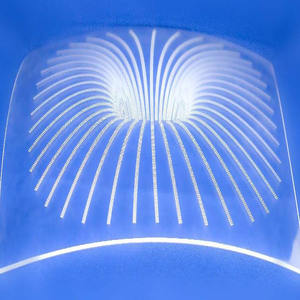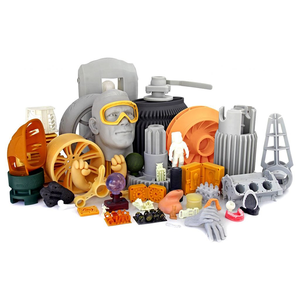Sky-High Standards: The 3D Printing Materials Powering Modern Aerospace
(What 3d Printing Materials Certified Aerospace)
The world of aerospace runs on precision. Every bolt, every panel, every component must meet sky-high safety and performance benchmarks. Now, 3D printing is reshaping how we build everything from rocket engines to cabin fixtures. But not every material can survive the extreme demands of flight. Let’s break down the top 3D printing materials certified for aerospace—and why they’re trusted to keep planes in the air.
First up: thermoplastics. These aren’t your average plastics. Take ULTEM 9085, a material loved for its strength and fire resistance. It’s lightweight, which matters when every gram counts, and can handle temperatures up to 180°C. Airlines use it for cabin parts like seat frames and air ducts. Then there’s PEEK (polyether ether ketone), a superstar in high-stress environments. It shrugs off chemicals, heat, and radiation, making it ideal for engine components and satellite parts. Both materials pass strict FAA and EASA flammability and toxicity tests, ensuring they won’t fail—or fill cabins with smoke—if things get hot.
Metals steal the spotlight next. Titanium alloys lead the pack. They’re as strong as steel but nearly half the weight, perfect for critical parts like landing gear and turbine blades. Titanium’s resistance to corrosion means it thrives in harsh conditions, from salty sea air to rocket exhaust. Aluminum alloys are another go-to. Cheap, lightweight, and easy to print, they’re used for brackets, housings, and non-load-bearing structures. For the hottest zones, like jet engines, nickel-based superalloys like Inconel take over. These metals laugh at temperatures over 1000°C, keeping engines running smoothly even at Mach speeds.
Ceramics are the dark horses. Materials like silicon carbide and zirconia handle heat and wear like champs. They’re brittle on their own, but when reinforced with fibers, they become tough enough for thermal shields and sensor housings. Ceramics also insulate against electricity, making them handy for avionics. While less common than metals, they’re gaining traction for specialized jobs where metals fall short.
Certification is the real hurdle. Agencies like the FAA don’t just test the final product—they scrutinize every step, from powder quality to printer settings. A single batch of material might undergo months of stress tests, X-rays, and microscopic analysis. Even tiny voids or cracks can ground a material. That’s why aerospace giants partner with labs to certify their processes, ensuring every printed part matches the strength of traditional ones.
Recycling is creeping into the conversation. Aerospace waste is expensive, both financially and environmentally. Companies now experiment with reusing metal powders from failed prints. But reused materials must perform identically to virgin ones, so certifications here are still evolving. It’s a slow process, but one that could make 3D printing greener without compromising safety.
The future? Watch for composites. Materials like carbon-fiber-infused polymers or ceramic-metal hybrids promise the best of both worlds: lightweight flexibility with metal-like durability. Researchers are also exploring “smart” materials embedded with sensors to monitor wear in real time. For now, though, the industry sticks to proven options. After all, in aerospace, “new” doesn’t mean “better” until it’s survived years of tests—and a few million miles in the sky.
(What 3d Printing Materials Certified Aerospace)
So next time you board a plane, look around. That innocuous plastic vent above your seat or the polished metal panel by the wing? There’s a good chance it started as a digital file and a tray of powder, forged by a printer into something tough enough to defy gravity—and strict enough to satisfy the toughest critics in the sky.
Inquiry us
if you want to want to know more, please feel free to contact us. (nanotrun@yahoo.com)

